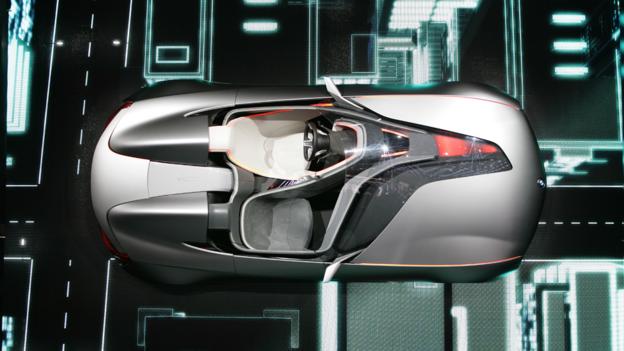I decided to focus my case study around a growing trend that I have been interested in for a while. The trend is automobile apps. As you may know, cars already have built in computer that communicate with each other regularly. However, it not the type of computers that are useful for some of the things that ordinary people use them for. Typically they are for recording and gagging information for performance. I decided to go with this topic as a result of the recent announcement made by GM to partner with AT&T to allow their LTE high speed network spearhead their On Star expansion into the “connected car” world. The term “connected car” simply means that it is outfitted with the latest wireless technology. Currently Android offers apps on the open market that does things like track road blocks or heavy traffic; however those are central to your hand held device. The future of the connected car is huge. By tapping into the mass of data your car produces, combined with the huge computing resources available on the web, apps could help save you – and everyone around you – fuel, time and money. Not to mention the opportunity for a social app market.
According to ABI Research, 60.1% of cars will be connected to the web by 2017, in Europe and North America, the figure will be closer to 80%. Ford Sync is considered one of the pioneers in this trend, offering the app that allows to connect your smartphone and MP3 player to your car radio. In 2010 Ford Sync released an API, which will allow programmers to design apps that would work with their system. This is where Pandora Radio was born. Others are now following suit. technology such as the Connected Drive system has announce that they will begin to allow android phone software to work with their system.




